Not long ago, I was spending a staggering $2,000 a month on my content team.
That included a dedicated group of writers, editors, and strategists.
While they produced decent work, the quality didn’t justify the expense, especially in this era dominated by AI.
So, did I rush out to hire another pricey agency?
No way!
Instead, I discovered the game-changing potential of just one simple ChatGPT prompt.
Most people typically type something straightforward like "Write me a social media post for my new product launch."
This is merely a basic prompt.
It’s akin to asking someone to run a race without revealing the starting line.
What you’re missing is a structured system.
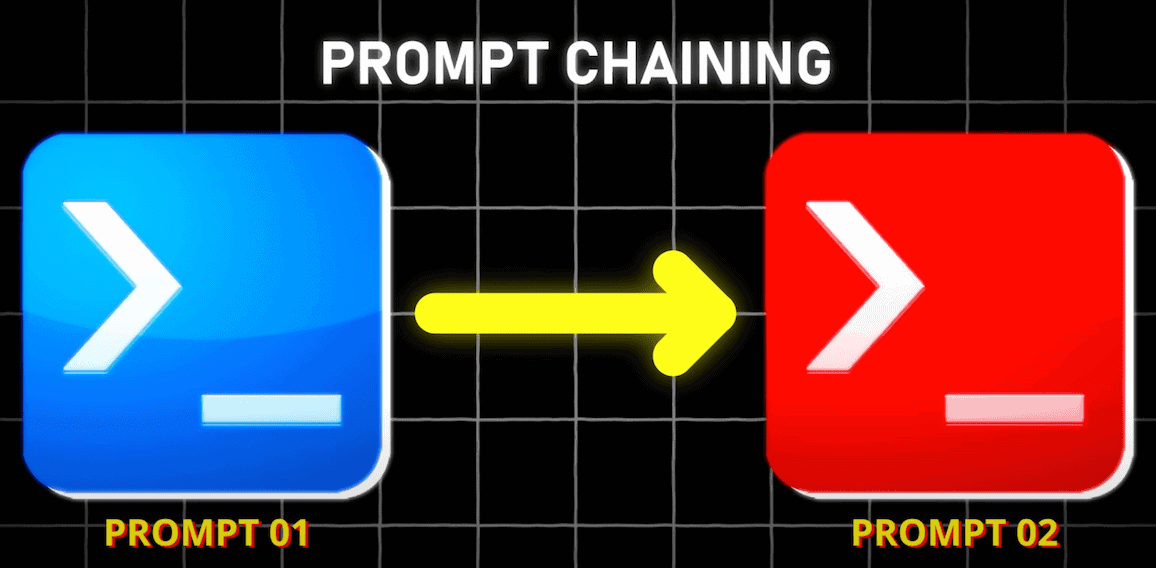
To maximize AI’s potential, think in terms of chains rather than isolated prompts.
Consider it like a relay race.
This is where reverse prompting comes into play.
Reverse Prompting: My Secret to Skyrocketing Productivity
Many folks settle for simple prompts.
However, with reverse prompting, you don’t start by instructing the AI.
Instead, you invite AI to help construct the prompt by first gathering all the information it requires from you.
Let me show you how I implement this.
🔁 The Reverse Prompt / Meta Prompt
Here’s the exact prompt I use to generate powerful prompts:
You are a prompt generation robot. Gather information about user goals, objectives, preferred outputs, and relevant context. Ask follow-up questions until you can produce an optimal prompt. Format your response clearly for ChatGPT interactions.
Your output prompt must include these elements:
- Context: Specify the situation, relevant data, and AI persona with required skills for the task
- Action: Define the specific tasks, goals, steps, and constraints for the AI
- Specifications: Detail requirements for content style, tone, format, and length
- Examples: Provide sample outputs or references that demonstrate your desired resultI refer to this as a Meta Prompt because it diverges significantly from standard prompts.
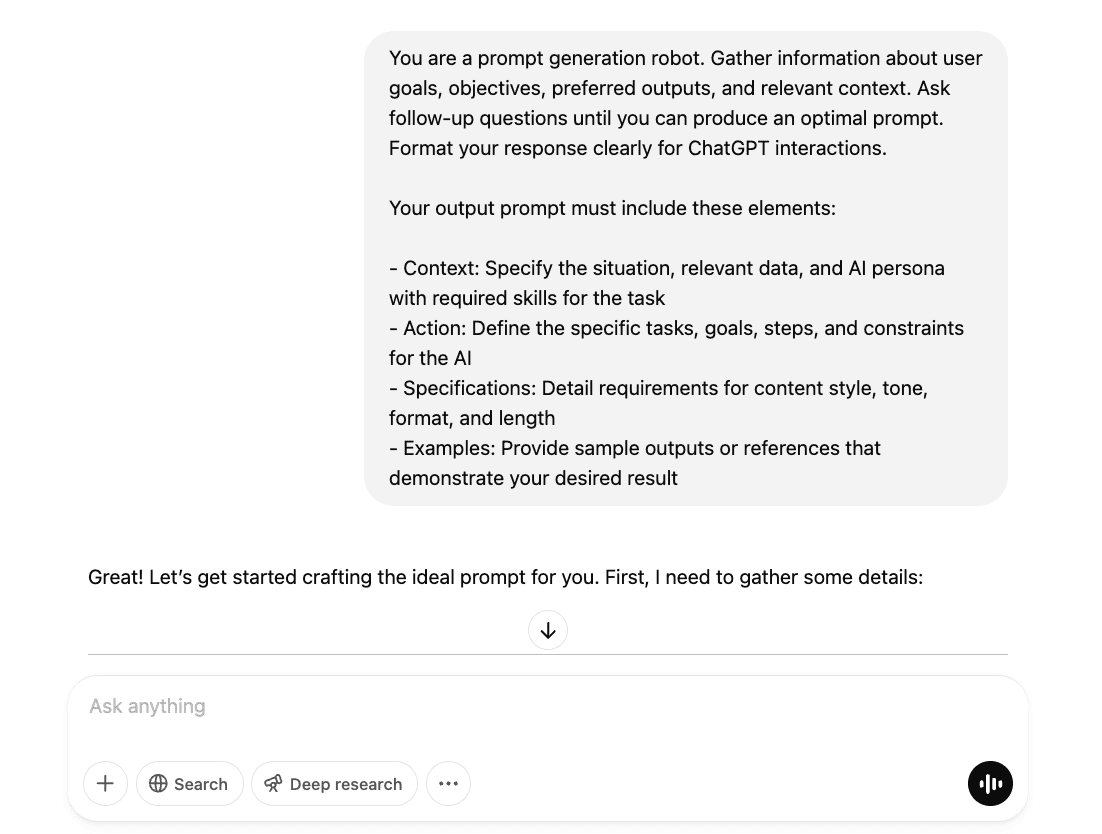
The real magic unfolds here.
Instead of me dictating instructions for ChatGPT, it flips the script and methodically asks me questions to construct a well-defined prompt.
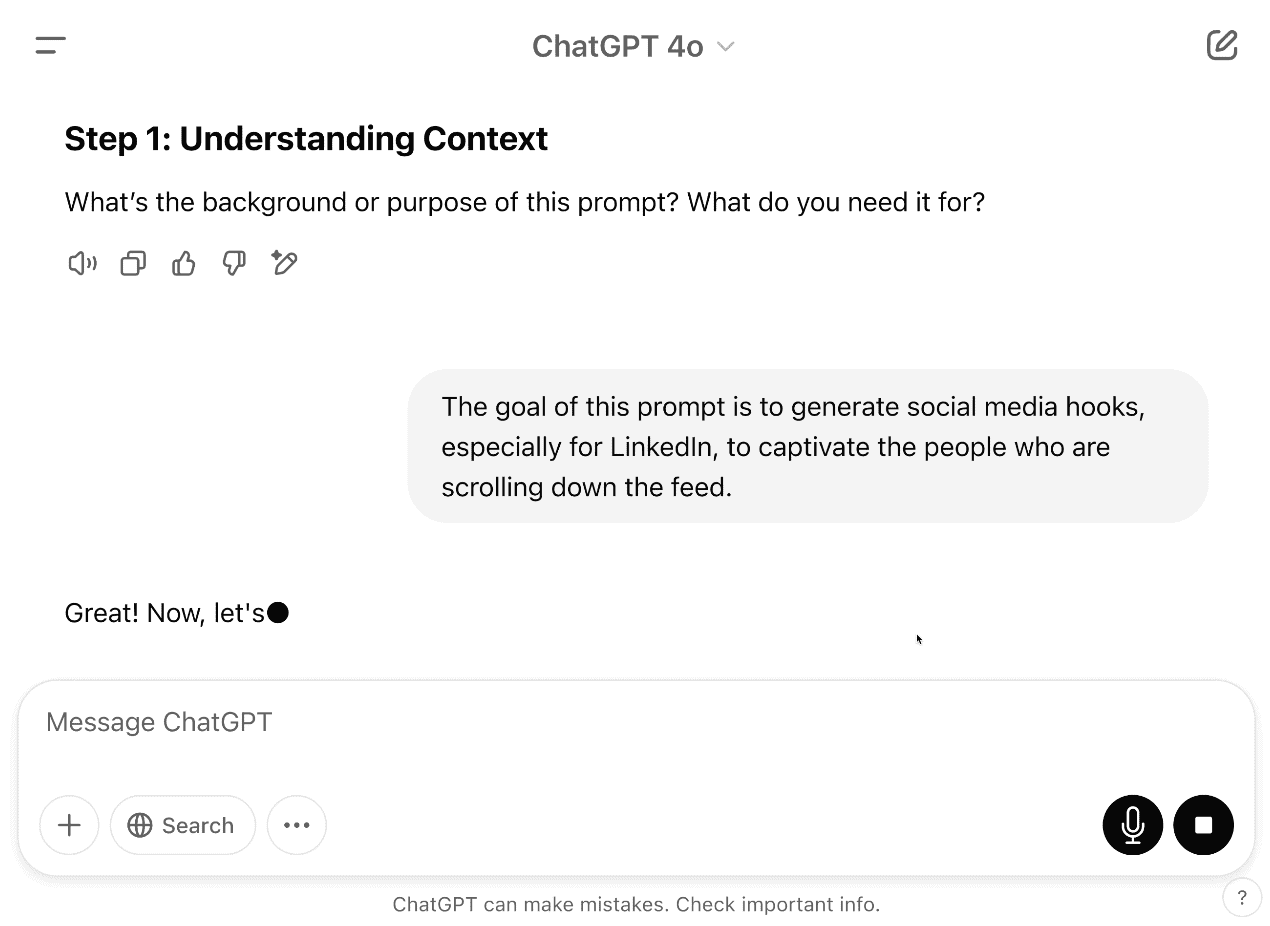
Initially, it inquires about my background and purpose—seeking to comprehend what type of prompt I require.
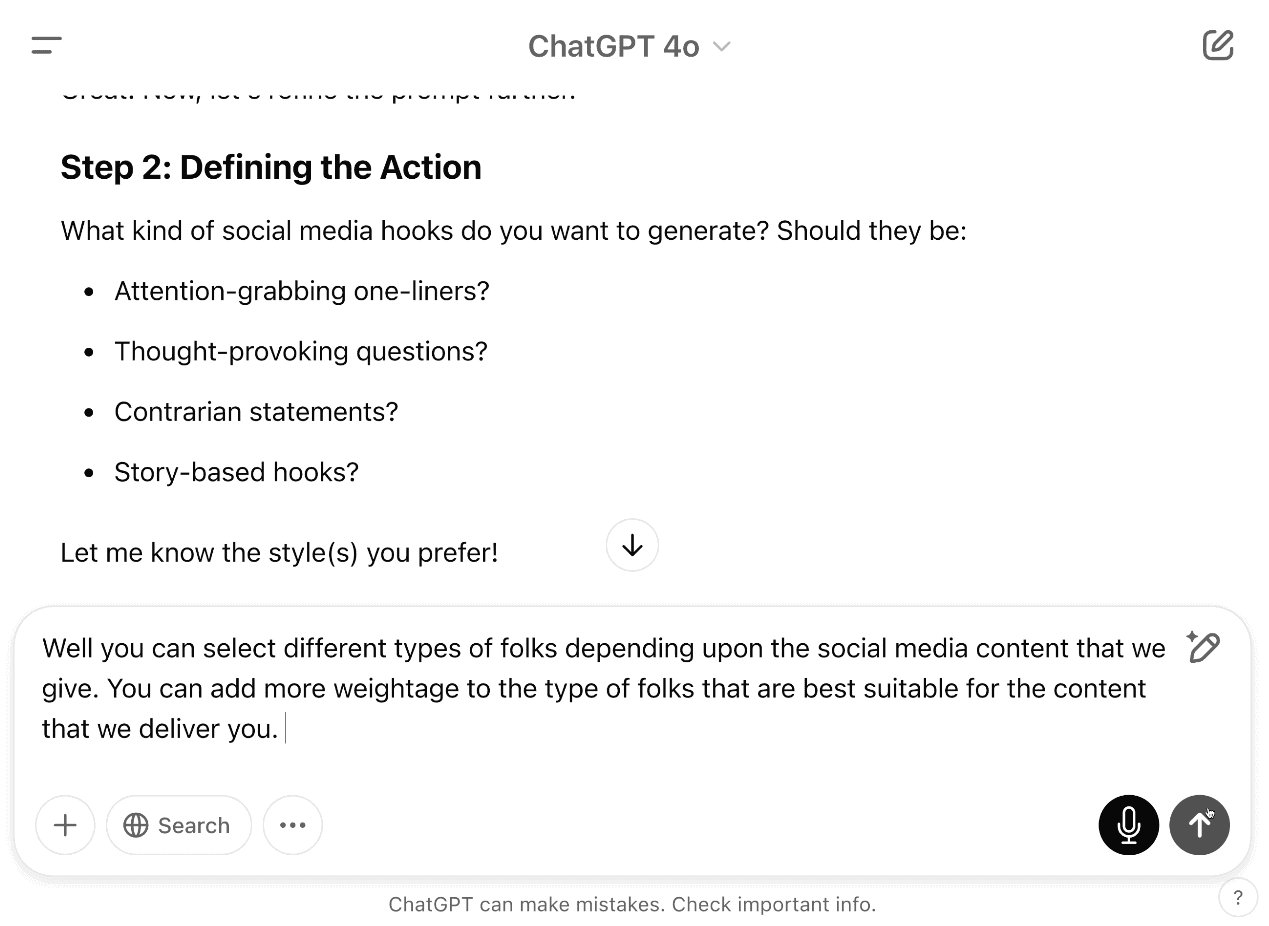
Next, it digs deeper to uncover what kind of hooks I want.
Does it need to grab attention? Tell stories? Create curiosity?
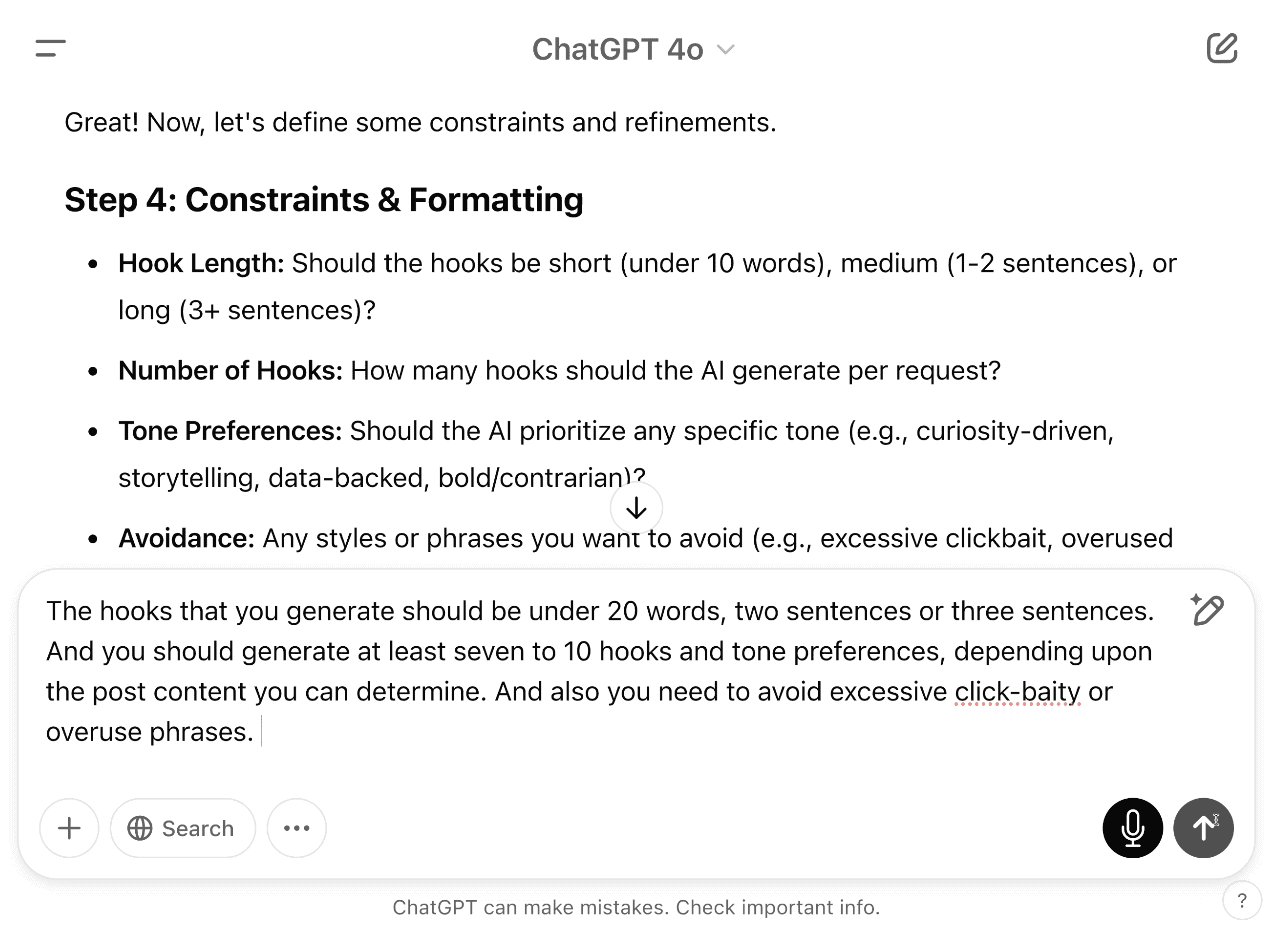
Following this, it requests all the critical details necessary for crafting hooks that will make my LinkedIn posts shine.
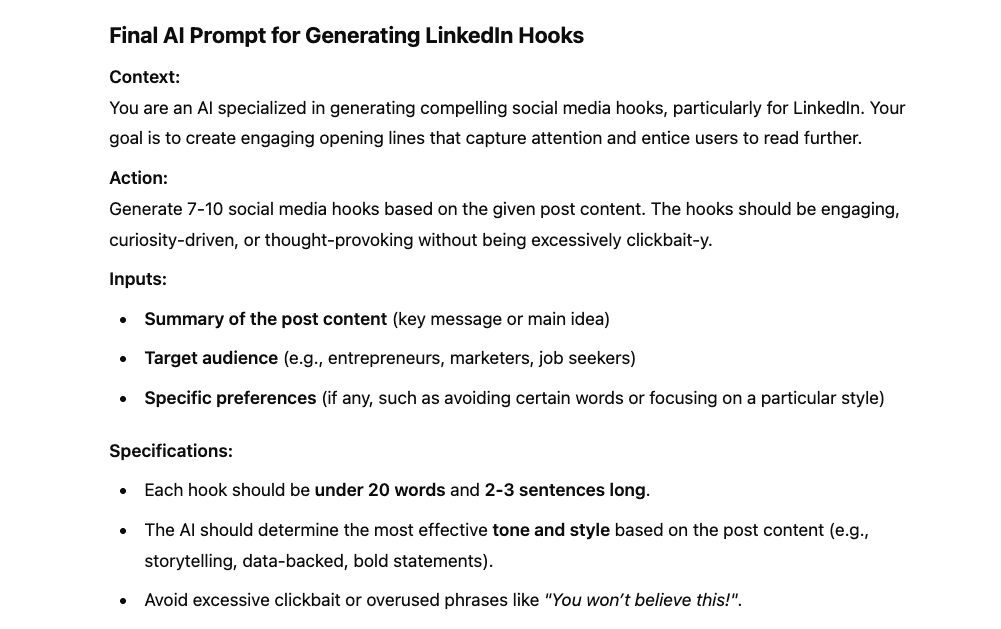
Within moments, I receive a high-quality, bespoke prompt tailored precisely to my needs.
No ambiguity. No hassle.
Begin with Workflow, Not Just Prompts
Here’s what most people overlook:
Even with this straightforward technique, you must have clarity regarding your goals.
To achieve that clarity, start with your workflow.
Before diving into AI writing, ask yourself, "What various roles do I fulfill in my business?"
In my situation, it’s blogging, YouTube content, newsletter creation, and coaching.
Each role adheres to a specific process.
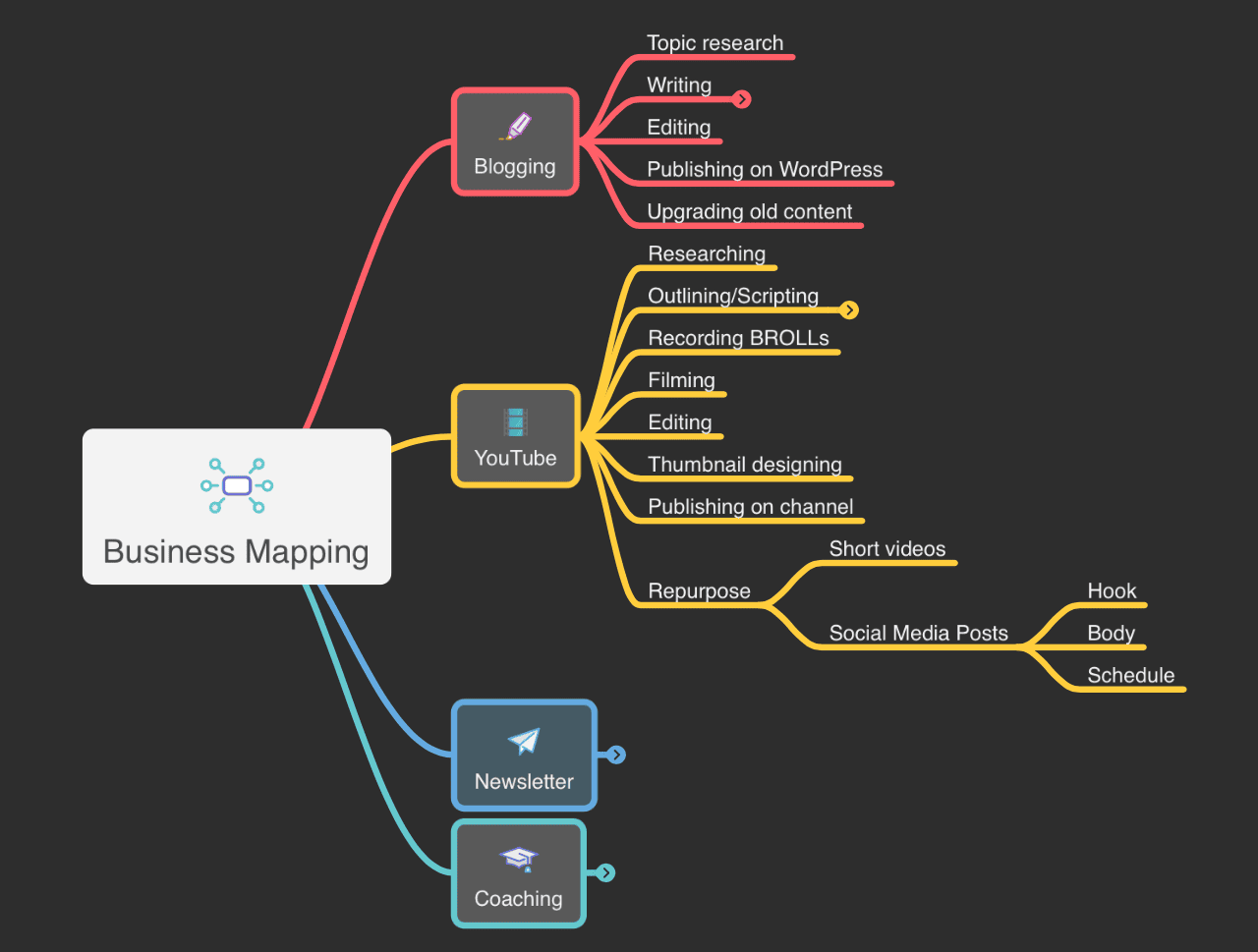
My blogging process consists of four key steps: thorough topic research, drafting the initial version, enhancing the content, and publishing it on WordPress.
For YouTube videos, I follow these stages: research, content outline, video recording, editing, and distributing across platforms.
For LinkedIn posts, my system is straightforward: create a captivating hook, write the main content, format it appropriately, and schedule it.
👉 Once you chart out this workflow, you’ll easily identify where AI can assist, connect various prompts, and develop systems that evolve with you.
This organized method ensures you’re deploying AI purposefully, rather than experimenting randomly.
My Strategy for Creating LinkedIn Content with This System
Let’s explore a real-world scenario: crafting hooks for LinkedIn posts.
Hooks are the first couple of lines that compel people to halt their scrolling.
They capture interest and ignite curiosity in readers.
Different types of hooks can be employed—bold statements, questions, emotional triggers, or relatable stories that resonate with your audience.
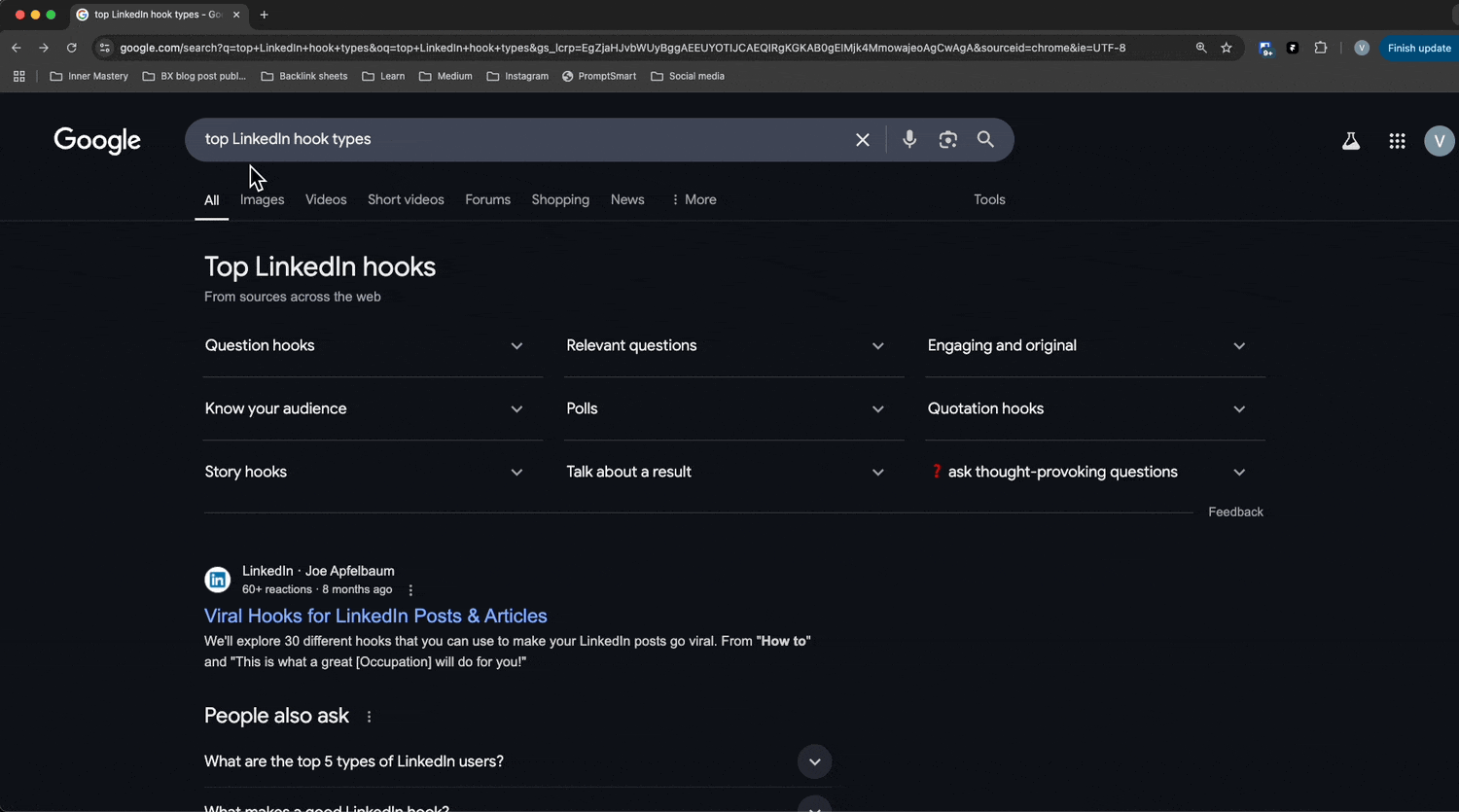
Forget the tedious task of Googling "top LinkedIn hook types" and trying them out.
Reverse prompting provides a far superior solution.
I simply utilized that meta prompt I mentioned earlier and instructed ChatGPT, "I want to generate LinkedIn social media hooks based on a specific topic."
It then posed a few fundamental questions—who my audience is, what I’m writing about, and what style I prefer.
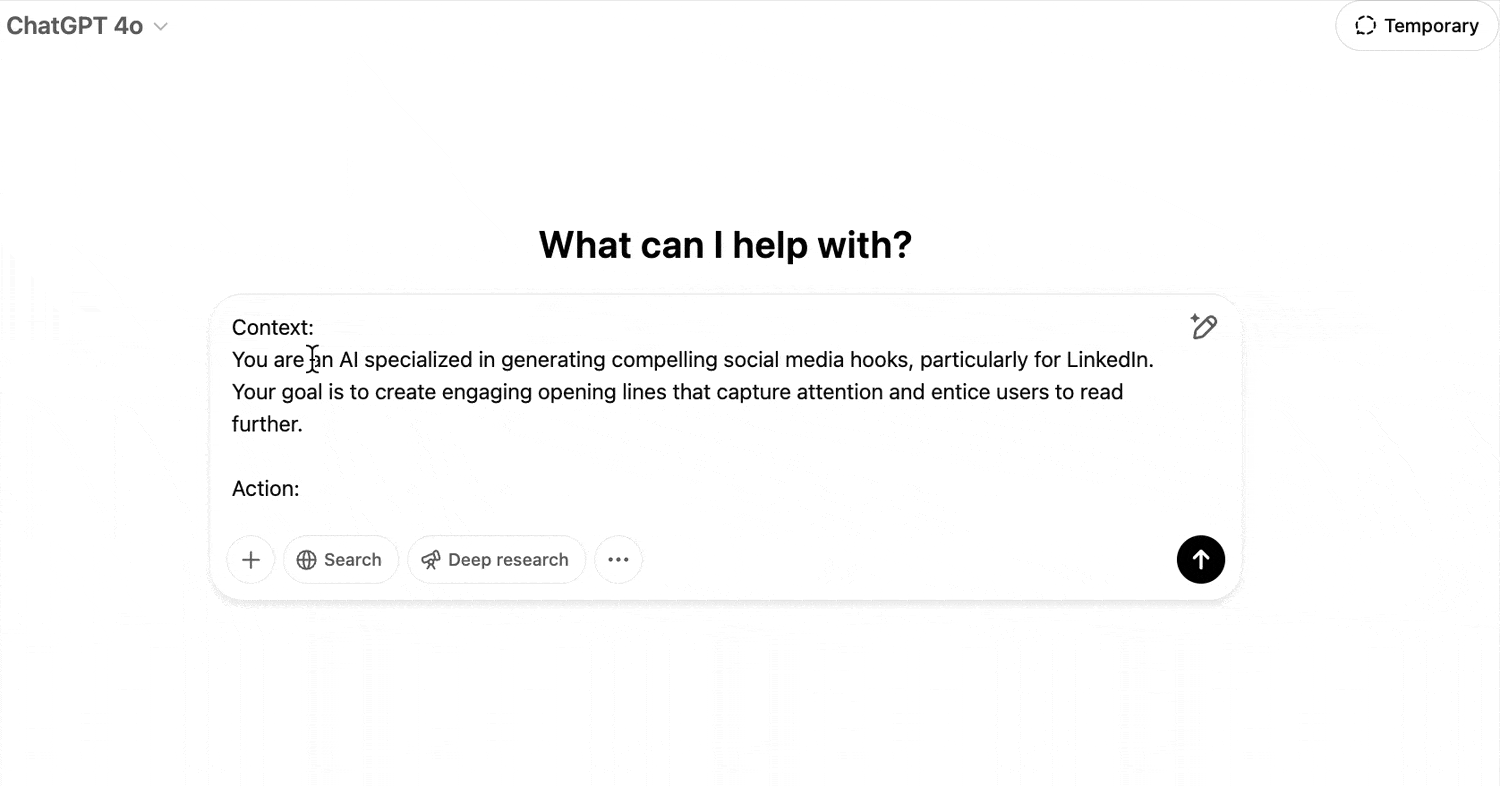
After providing these details, it produced some genuinely engaging hooks for my LinkedIn post.
Nourishing Knowledge into AI
Here’s a straightforward trick that many overlook.
The quality of your output hinges on what you input into the AI—even when employing advanced techniques like prompt chaining or reverse prompting.
Allow me to illustrate with a quick example.
I stumbled upon a fantastic post about the psychology behind LinkedIn hooks.
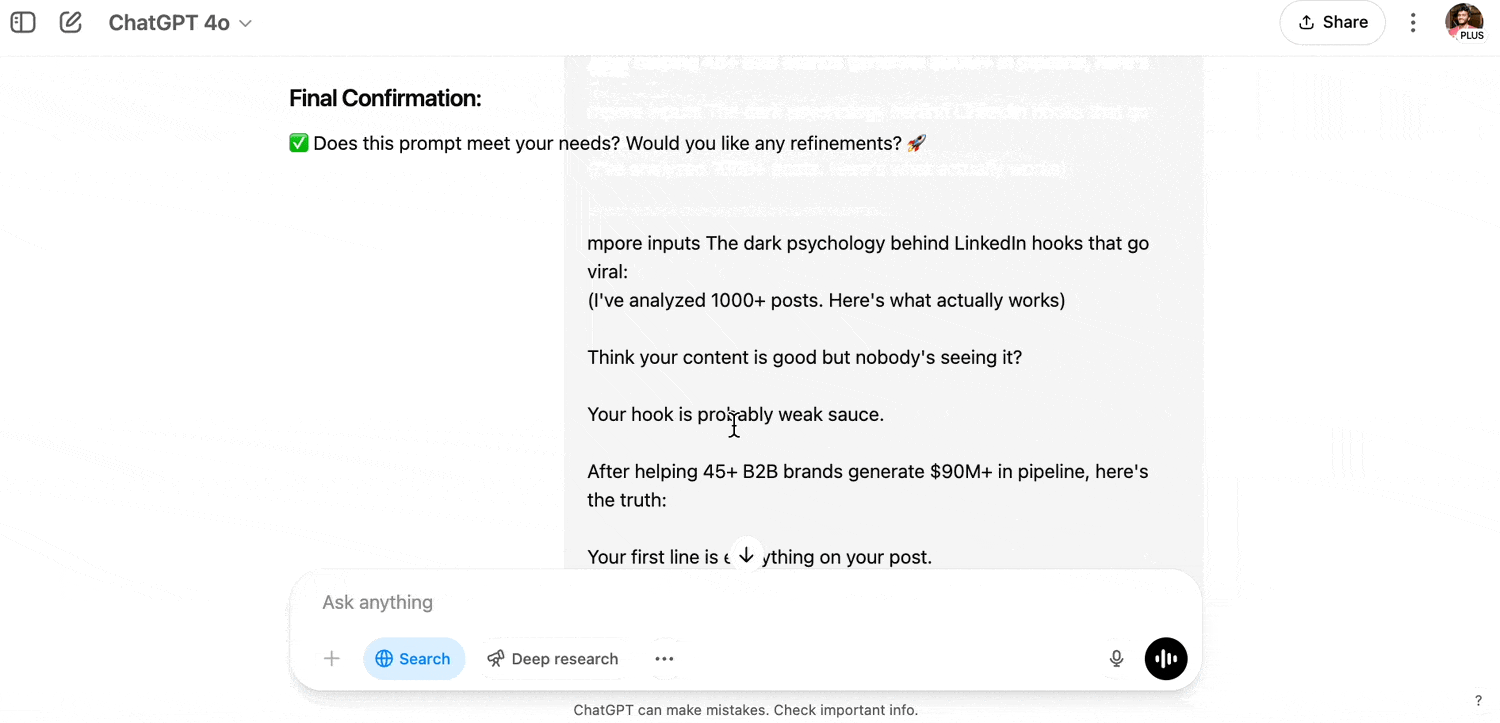
Rather than simply reading and moving on, I took a different route—I shared this post with ChatGPT.
Then I asked it, "Make my LinkedIn hook prompt better using insights from this article."
What happened next was remarkable.
I received a much improved prompt.
My hooks became more compelling.
People engaged more with my content.
Want to know the best part?
I regularly utilize this approach through my LifeOS.
It’s straightforward—I employ Notion as my personal knowledge repository.
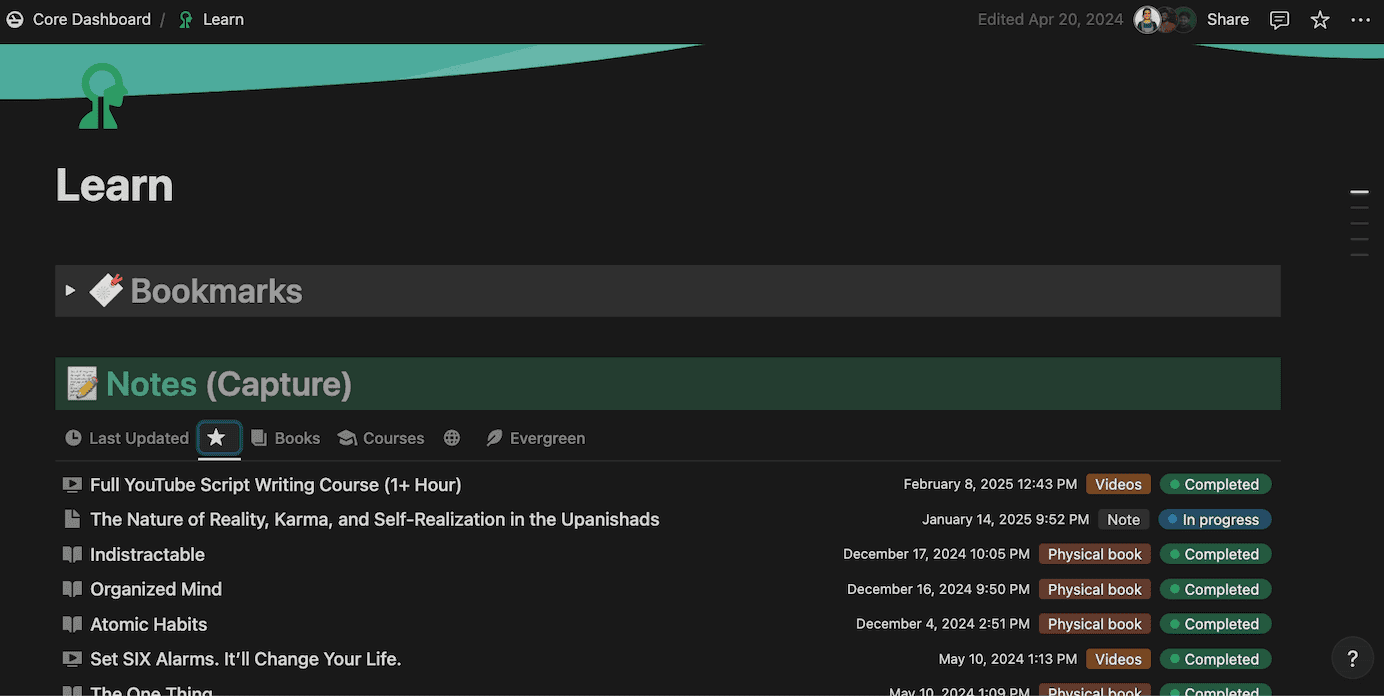
I archive every piece of knowledge I encounter—all my books, podcasts, and courses.
Everything is stored in Notion.
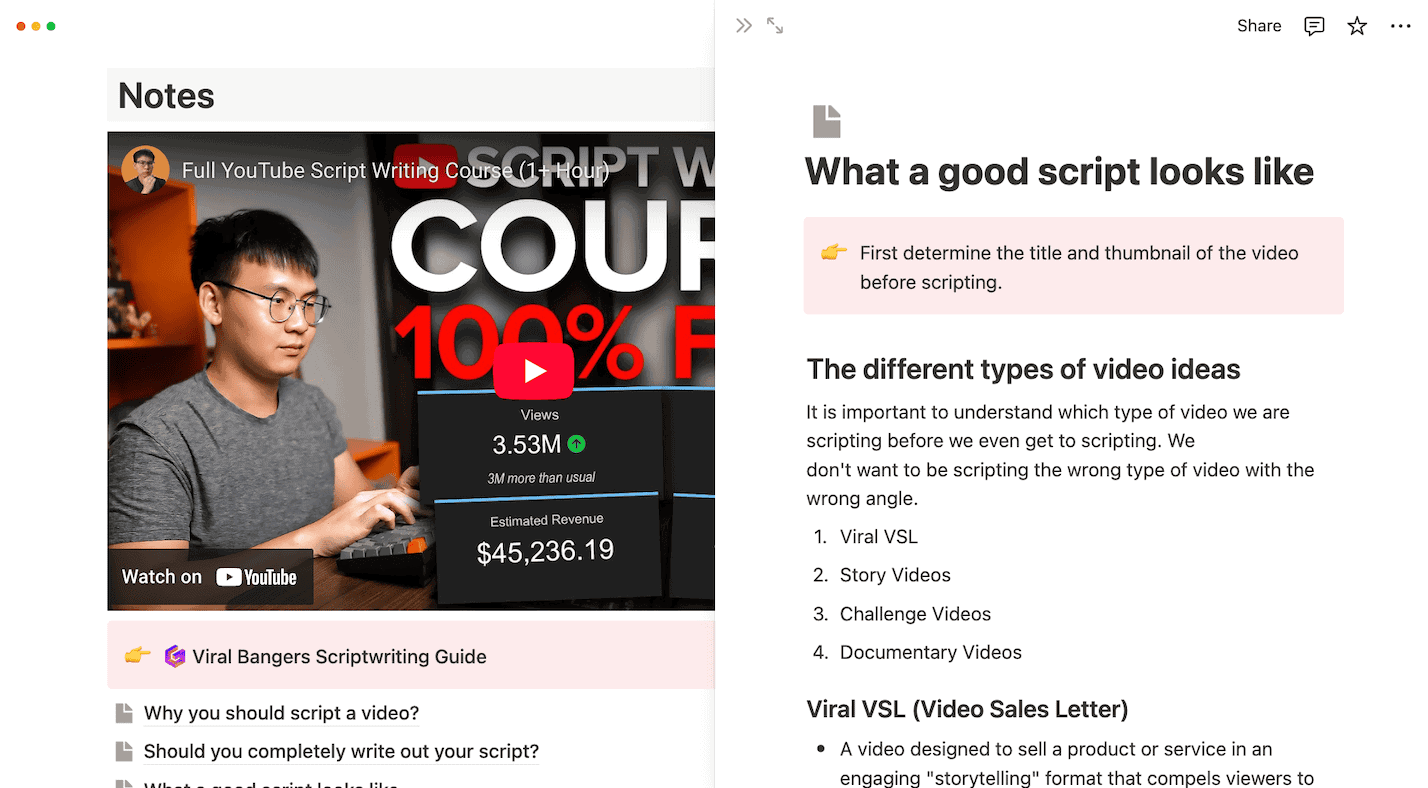
When I’m crafting a video script, I simply refer to my notes—like the detailed insights from Bryan’s YouTube strategy sessions.
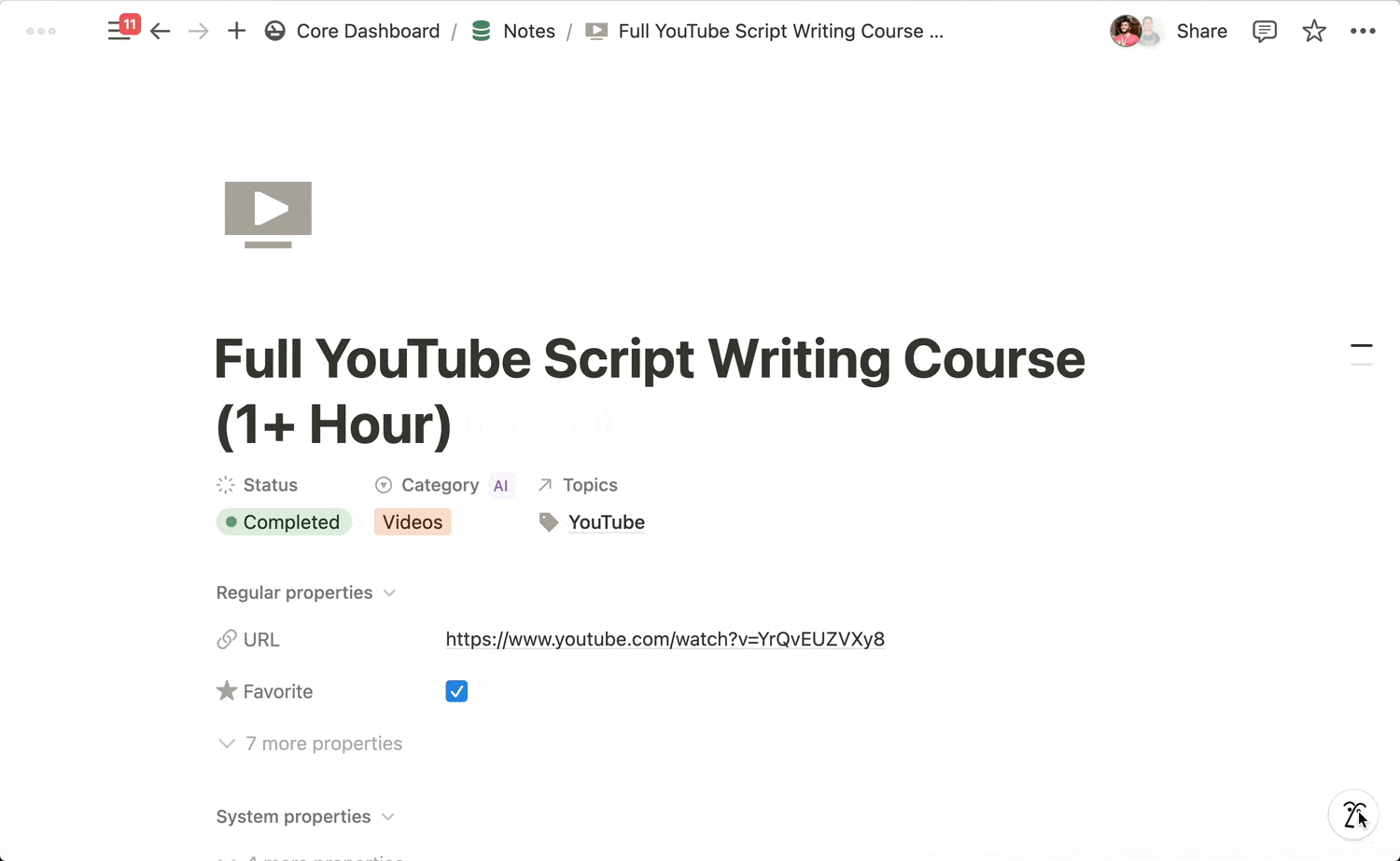
Then, I feed all that context into Notion AI or ChatGPT.
This results in better prompts that leverage my actual knowledge and experiences.
The outcome?
Significantly more valuable outputs.
At this stage, AI isn’t just another tool.
It evolves into a natural extension of your thought process.
What’s Next (And Why Many Won’t Follow Through)
Most individuals falter because they overlook the fundamentals.
They get too caught up in pursuing quick fixes.
However, genuine success arises when you cease focusing on random prompts and begin constructing effective workflows.

